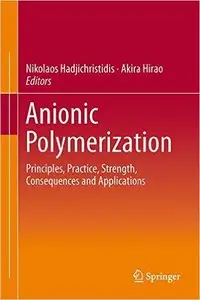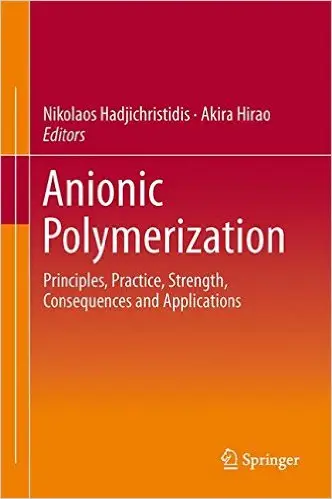Nikos Hadjichristidis, Akira Hirao, "Anionic Polymerization: Principles, Practice, Strength, Consequences and Applications"
2015 | ISBN-10: 4431541853 | 1082 pages | PDF | 30 MB
2015 | ISBN-10: 4431541853 | 1082 pages | PDF | 30 MB
This book presents these important facts: a) The mechanism of anionic polymerization, a more than 50-year challenge in polymer chemistry, has now become better understood; b) Precise synthesis of many polymers with novel architectures (triblock, multi-block, graft, exact graft, comb, cyclic, many armed stars with multi-components, dendrimer-like hyper-branched, and their structural mixed (co)polymers, etc.) have been advanced significantly; c) Based on such polymers, new morphological and self-organizing nano-objects and supra molecular assemblies have been created and widely studied and are considered nanodevices in the fields of nano science and technology; d) New high-tech and industrial applications for polymeric materials synthesized by anionic polymerization have been proposed. These remarkable developments have taken place in the last 15 years. Anionic polymerization continues to be the only truly living polymerization system (100 % termination free under appropriate conditions) and consequently the only one with unique capabilities in the synthesis of well-defined (i.e., precisely controlled molecular weight, nearly mono-disperse molecular weight distribution, structural and compositional homogeneity) complex macromolecular architectures. This book, with contributions from the world’s leading specialists, will be useful for all researchers, including students, working in universities, in research organizations, and in industry.



